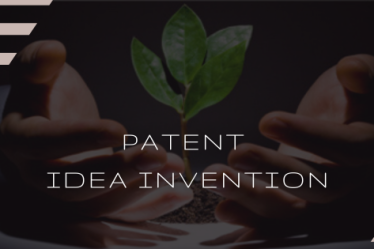
Patent protection represents the barricade against the infringement of a creator’s intellectual property, offering the inventor the peace of mind and legal authority to benefit exclusively from their innovation. This legal instrument dictates the terms under which an invention can be used, sold, or replicated.
The Nature of Patent Protection
At its core, patent protection is a form of intellectual property right that is conferred upon an invention. It is provided by the government to the inventor, affording the legal right to exclude others from making, using, selling, offering for sale, or importing the patented invention for a fixed period. The life span of this exclusivity typically extends up to 20 years for utility patents, and for design patents, the coverage is 15 years from the date of grant.
The prerequisites for obtaining a patent protection are that the invention must be novel, non-obvious, and industrially applicable. Novelty means that the invention should not already be part of the public domain. Non-obviousness implies that the invention should not be easily deducible by a person with average knowledge in the field. Lastly, industrial applicability denotes that the invention should serve some practical utility.

The Importance of Patent Protection
- Monetization: By holding a patent, inventors can monetize their inventions by manufacturing and selling the product themselves, licensing the rights to use the invention to other businesses, or selling the patent outright to another entity. This potential for monetization encourages innovation and fosters an environment of growth and competition.
- Market Position: Patents help an inventor or a company to solidify their position in the market. With the legal backing of a patent, the risks and impacts of competition are reduced, ensuring a certain level of market control which can lead to increased profits and business opportunities.
- Return on Investment: Research and development can be an expensive undertaking. Patent protection helps to secure a return on investment by allowing the inventor to commercially exploit the invention without competition, aiding in the recoupment of costs associated with its development.
- Attracting Investment: Patents can attract investors who are more inclined to put their money into ventures that have secured their intellectual property. This legal affirmation acts as a form of assurance that the invention has commercial potential.
InventHelp in Patent Protection
The process of obtaining patent protection for an invention idea can be overwhelming for many inventors, especially those who are new to the process. Agencies like InventHelp serve as a guiding light through the labyrinthine patenting process. From conducting patentability searches to ensure that a similar invention isn’t already out there, to preparing and filing the necessary documentation with the United States Patent and Trademark Office (USPTO) or other international patent offices, InventHelp can smoothen the journey towards attaining patent protection.
InventHelp’s counseling can be pivotal in decision-making during the patent application process, offering strategic advice on how to proceed with securing the invention and making the most of the patent once granted.
Conclusion
Patent protection is a linchpin in the mechanism that drives forward human innovation. It furnishes inventors and companies with the confidence that their investments in time, money, and research will be safeguarded. At the intersection of law and creativity, patent protection empowers inventors, fueling progress across industries. Agencies like InventHelp play a cardinal role in ensuring that the intricacies of patent laws do not deter inventors from achieving the recognition and financial benefits their creations deserve.


